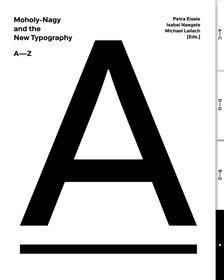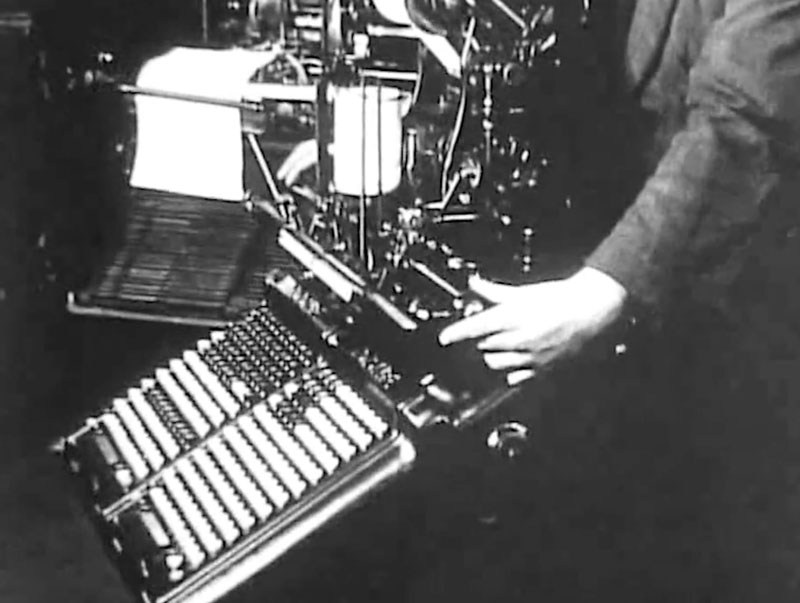Search the Community
Showing results for tags '1920s'.
-
In 1929, ten years after the Bauhaus was founded, Berlin’s Martin-Gropius-Bau launched the exhibition “New Typography.” László Moholy-Nagy, who had left Dessau the previous year and had earned a reputation as a designer in Berlin, was invited to exhibit his work together with other artists. He designed a room—entitled “Wohin geht die typografische Entwicklung?” (“Where is typography headed?”)—where he presented 78 wall charts illustrating the development of the “New Typography” since the turn of the century and extrapolating its possible future. To create these charts, he not only used his own designs, but also included advertising prints by colleagues associated with the Bauhaus. The functional graphic design, initiated by the “New Typography” movement in the 1920s, broke with tradition and established a new advertising design based on artistic criteria. It aimed to achieve a modern look with standardized typefaces, industrial DIN norms, and adherence to such ideals as legibility, lucidity, and straightforwardness, in line with the key principles of constructivist art. This book showcases Moholy-Nagy’s wall charts which have recently been rediscovered in Berlin’s Kunstbibliothek. Renowned authors provide insights into this treasure trove by each contributing to this alphabetized compilation starting with “A” for “Asymmetry” and ending with “Z” for “Zukunftsvision” (“vision of the future”). By perusing through the pages and allowing a free flow of association, the typographical world of ideas of the 1920s avant-garde is once again brought back to life.
-
- 1
-

-
- moholy-nagy
- newtypography
-
(and 4 more)
Tagged with:
-
This silent film was restored from a print sent from the U.K. to New Zealand in 1925. The film starts with a brief overview of the Monotype Works buildings as well as the company homes for workers. See hundreds of Monotypes being built in the factory from raw materials to the casting machine and keyboards. Around 17:00, we watch the process of making a letter mould from drawing, to wax mould, to punch, to final matrix including using a Benton Engraving Machine. At 28:00, you can see the perforated punch paper being produced. At 30:00, you can see the factory canteen where the labor force eats lunch as well as the end of the day when everyone leaves by foot or bicycle. At 33:25 minutes, His Majesty the King, Duke of York (whom "The King's Speech" was based on) visits the Monotype factory, which was obviously a very big deal. He inspects the workers and factory and then learns how to type on a Monotype keyboard. A hearty farewell is given as he leaves the factory. At 38:30 you see a 15 minute detailed explination of how a Monotype works from keyboard to casting. Finally at 53:10 the Monotype Schools for teaching keyboarding and casting as well as displays of Monotype batteries in various print shops in London. See more printing, journalism, and typographic-related films at: printingfilms.com






